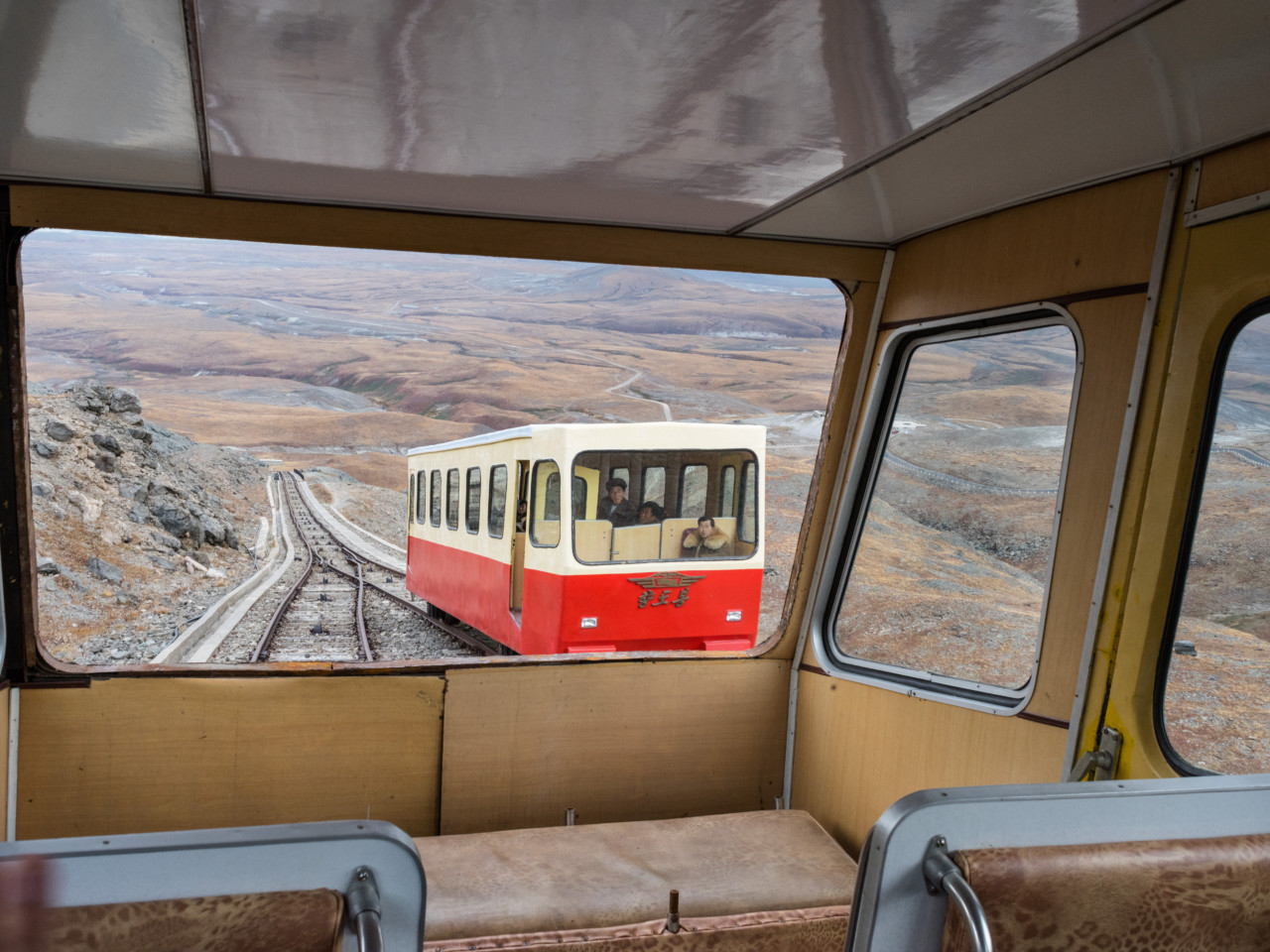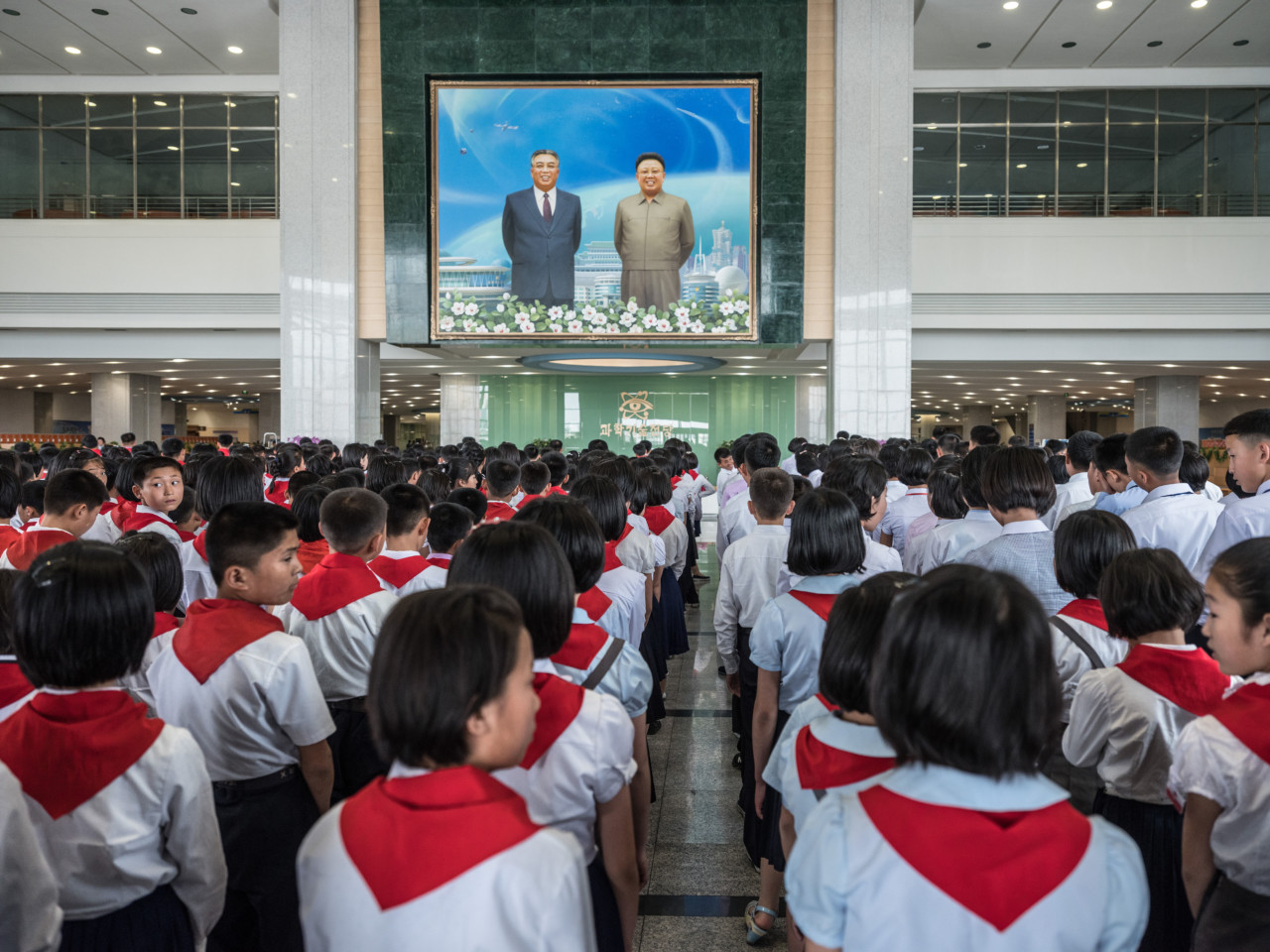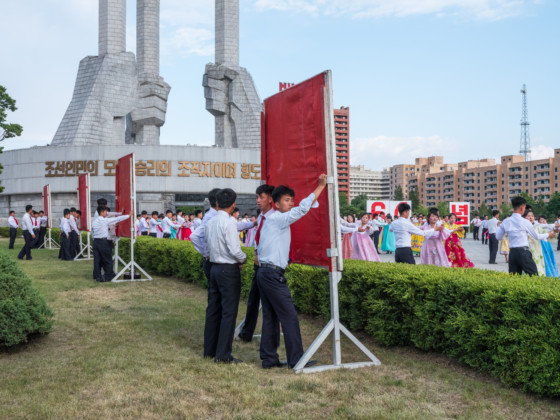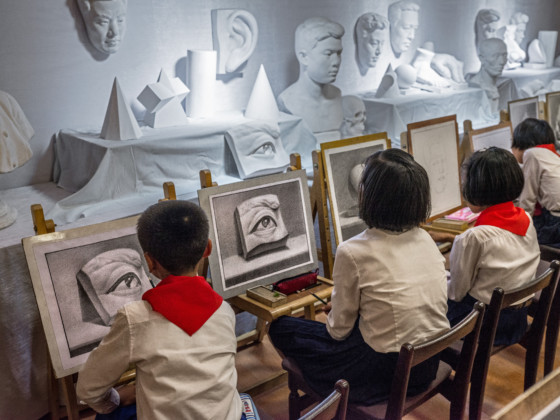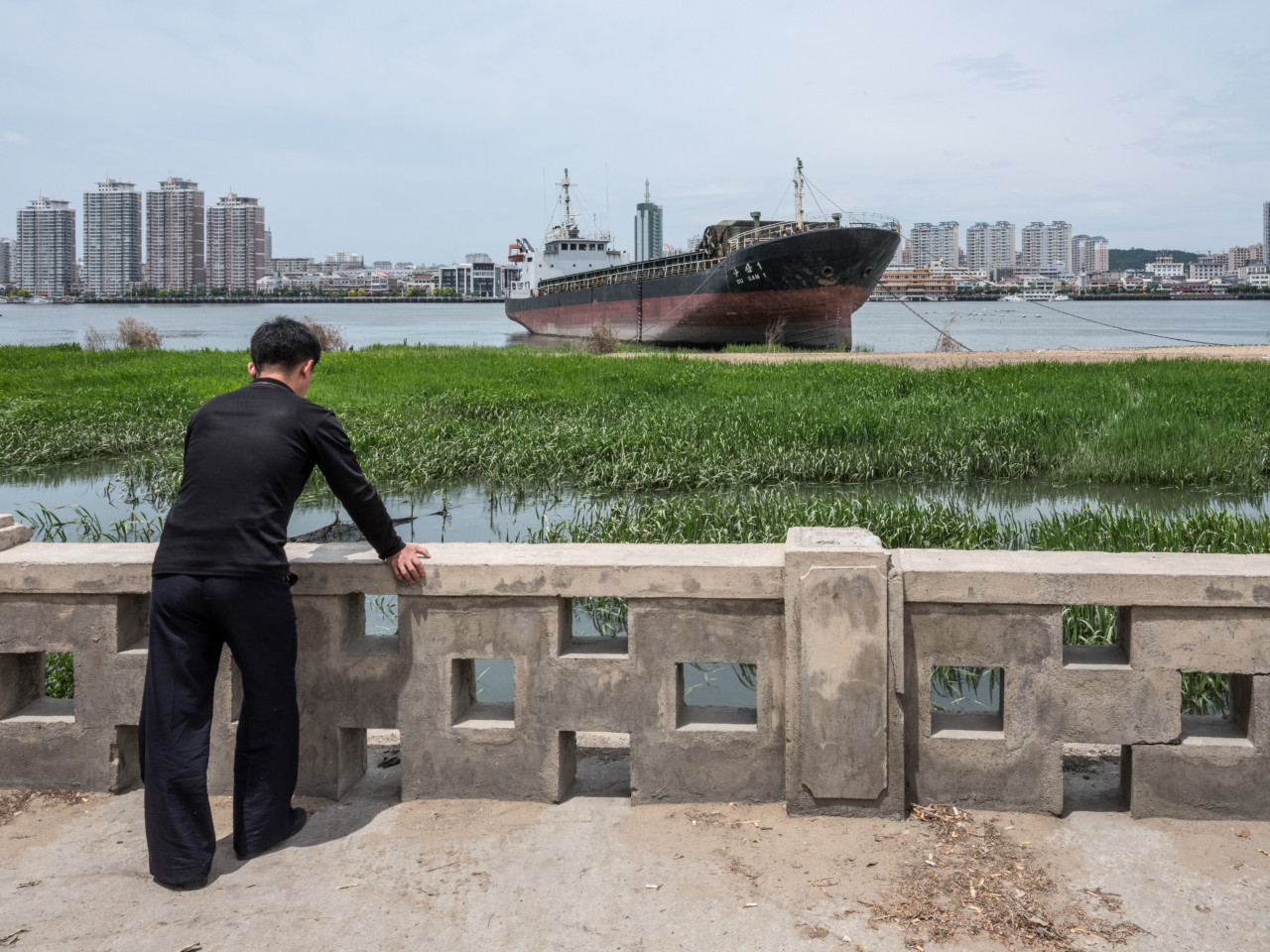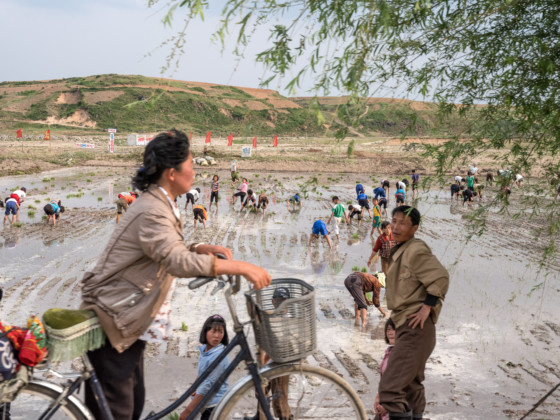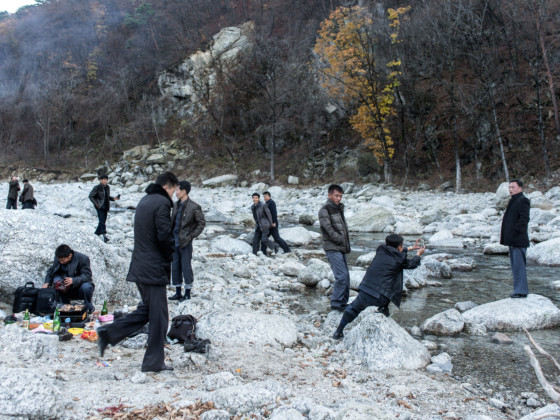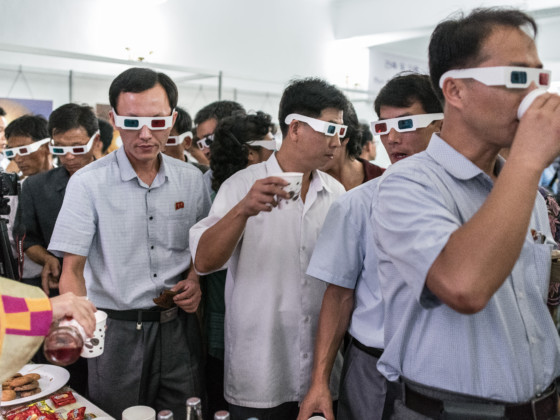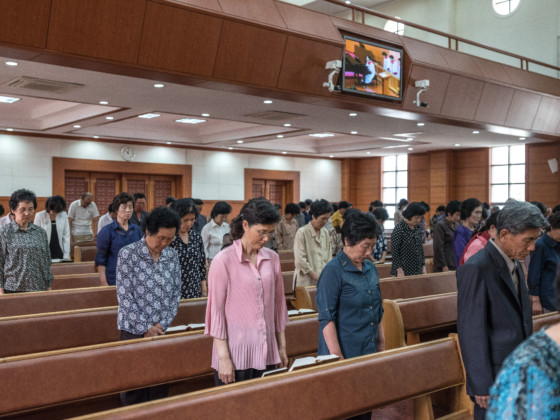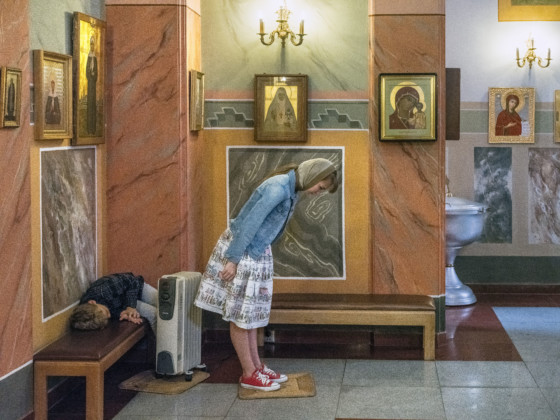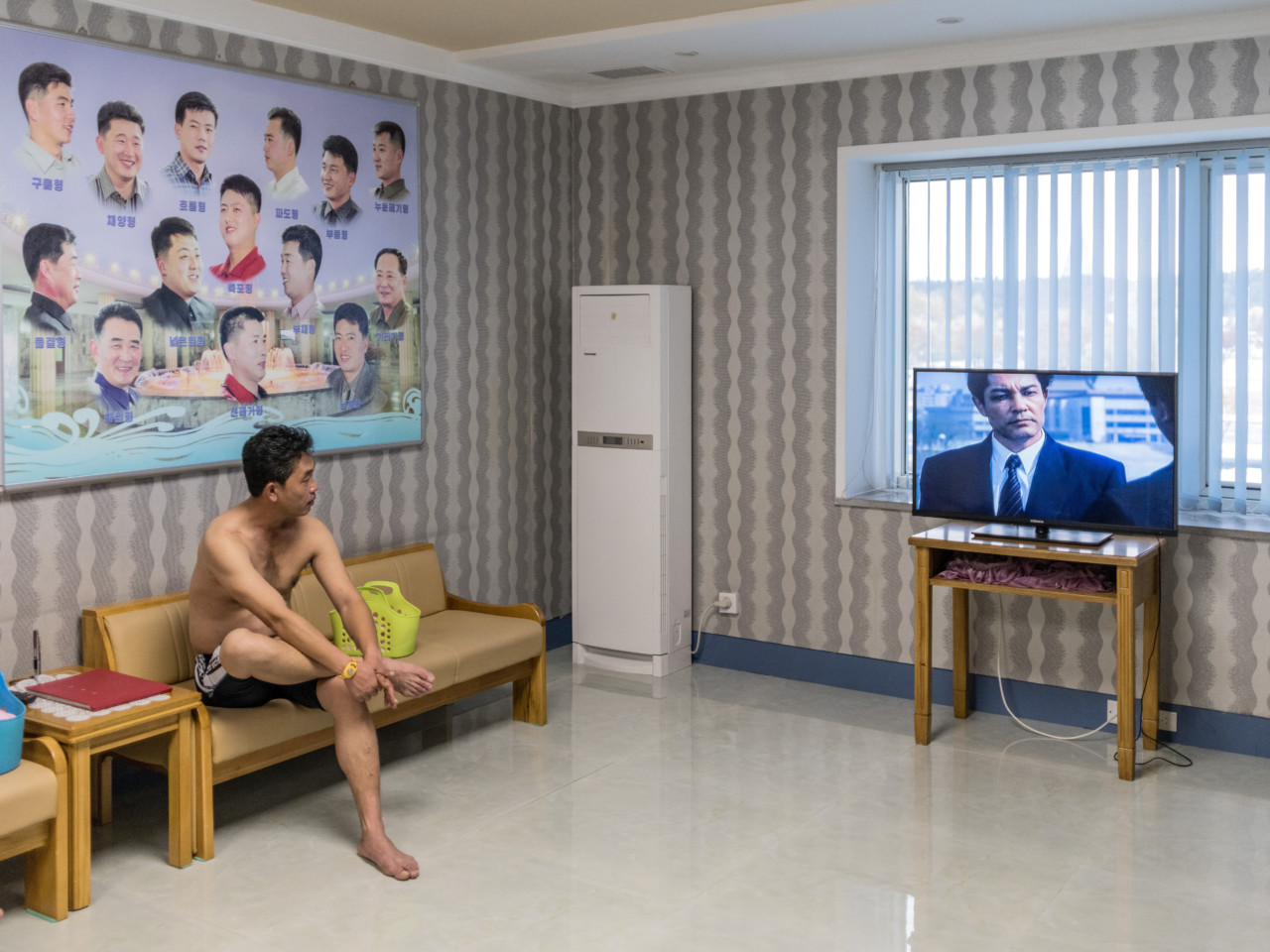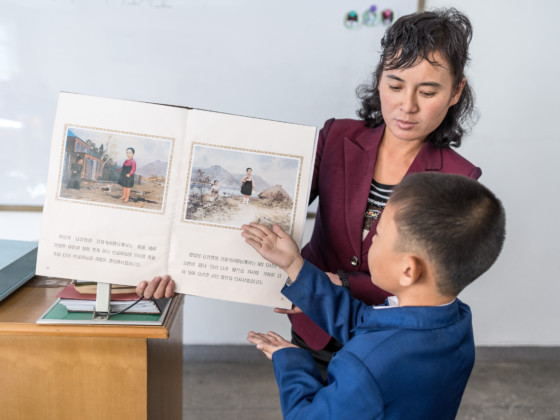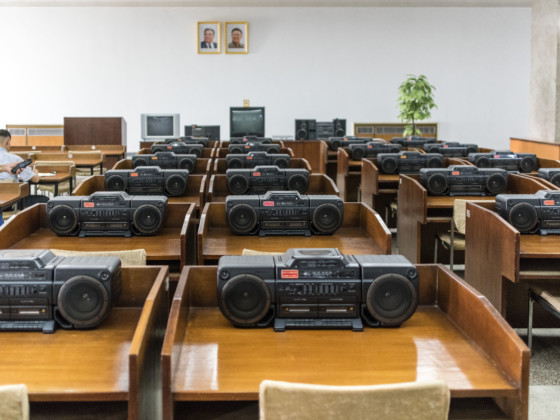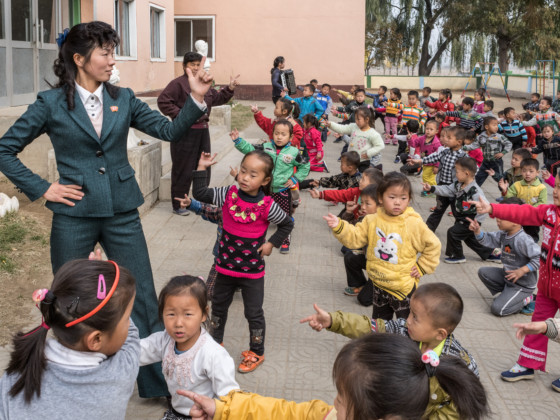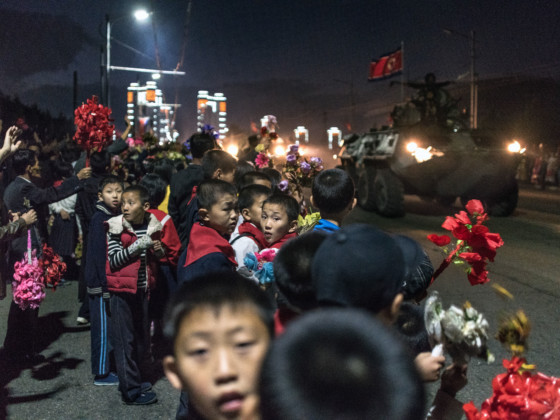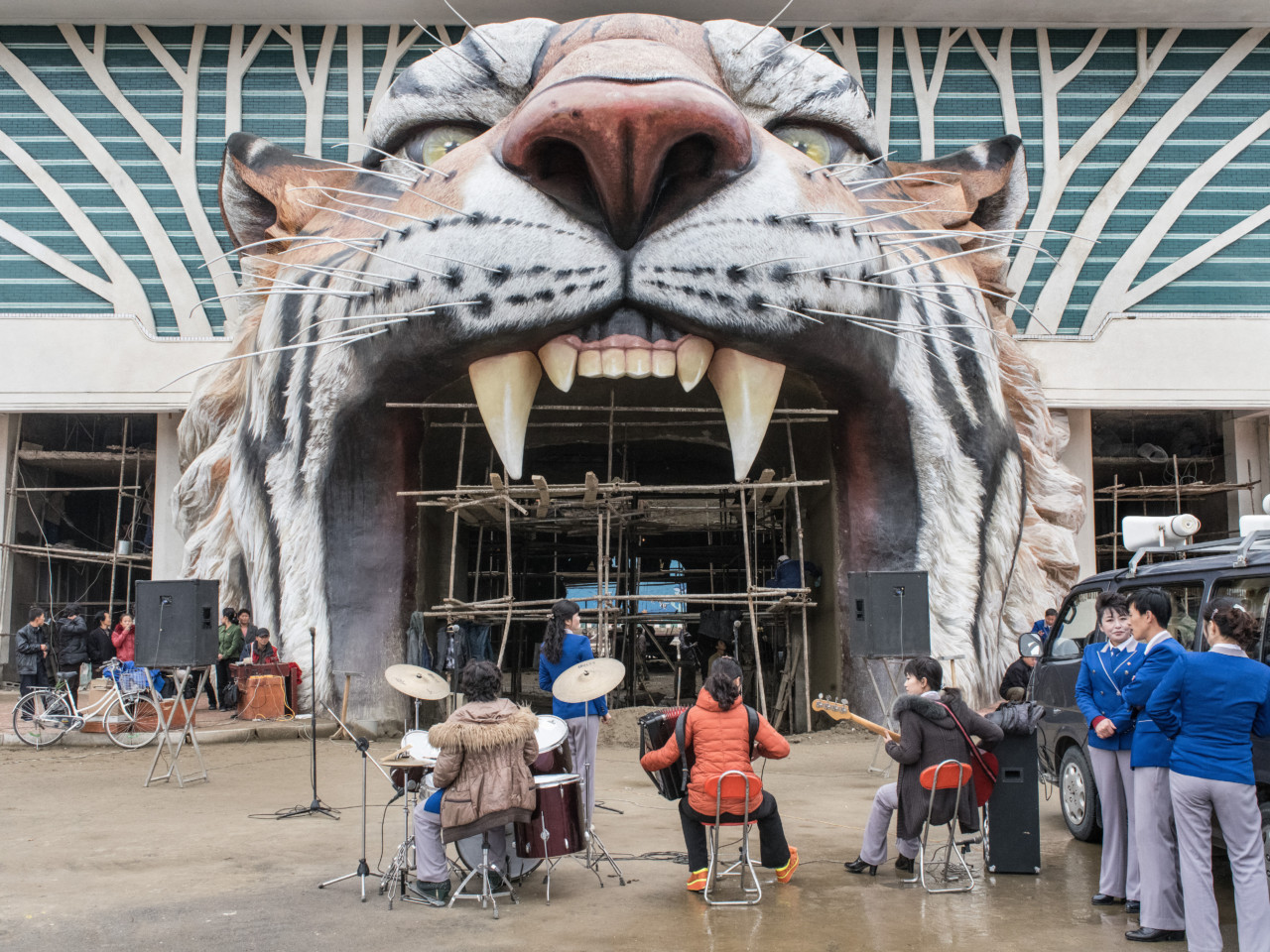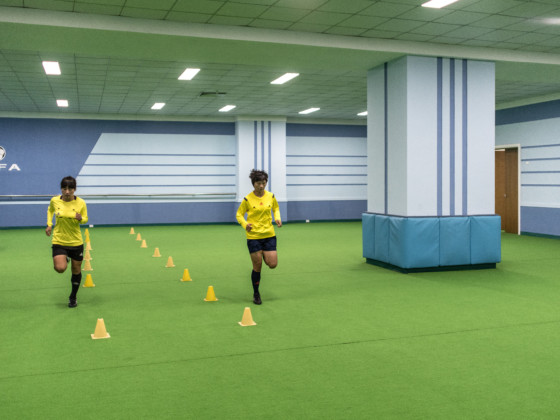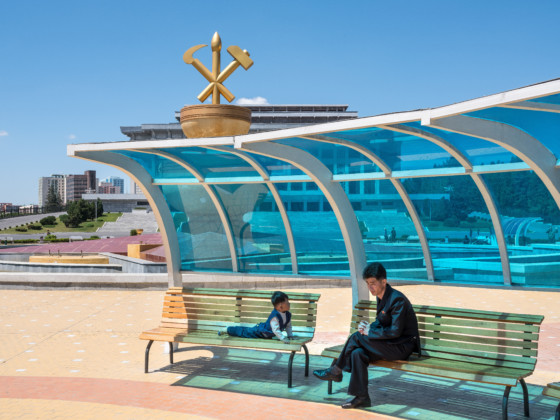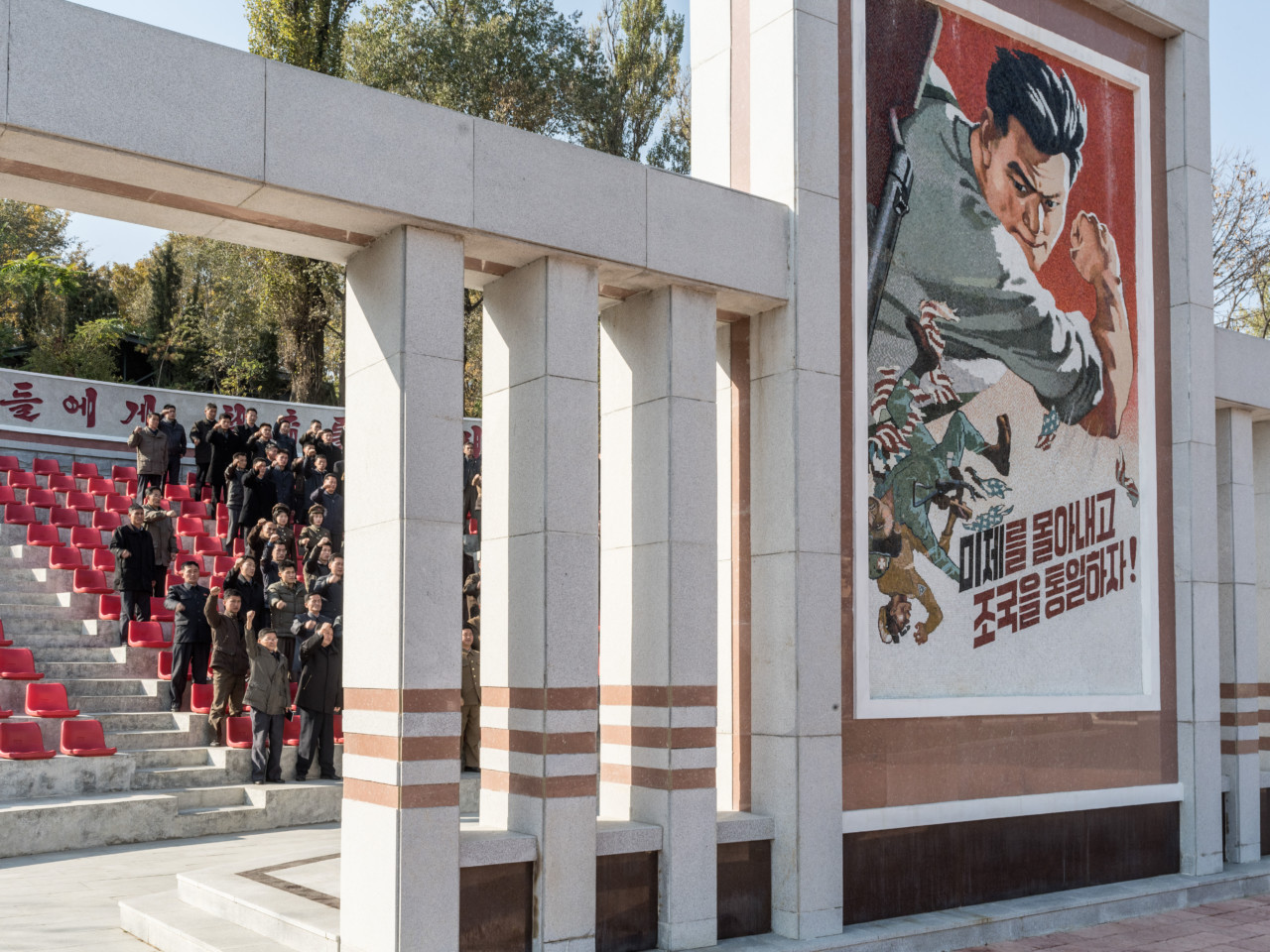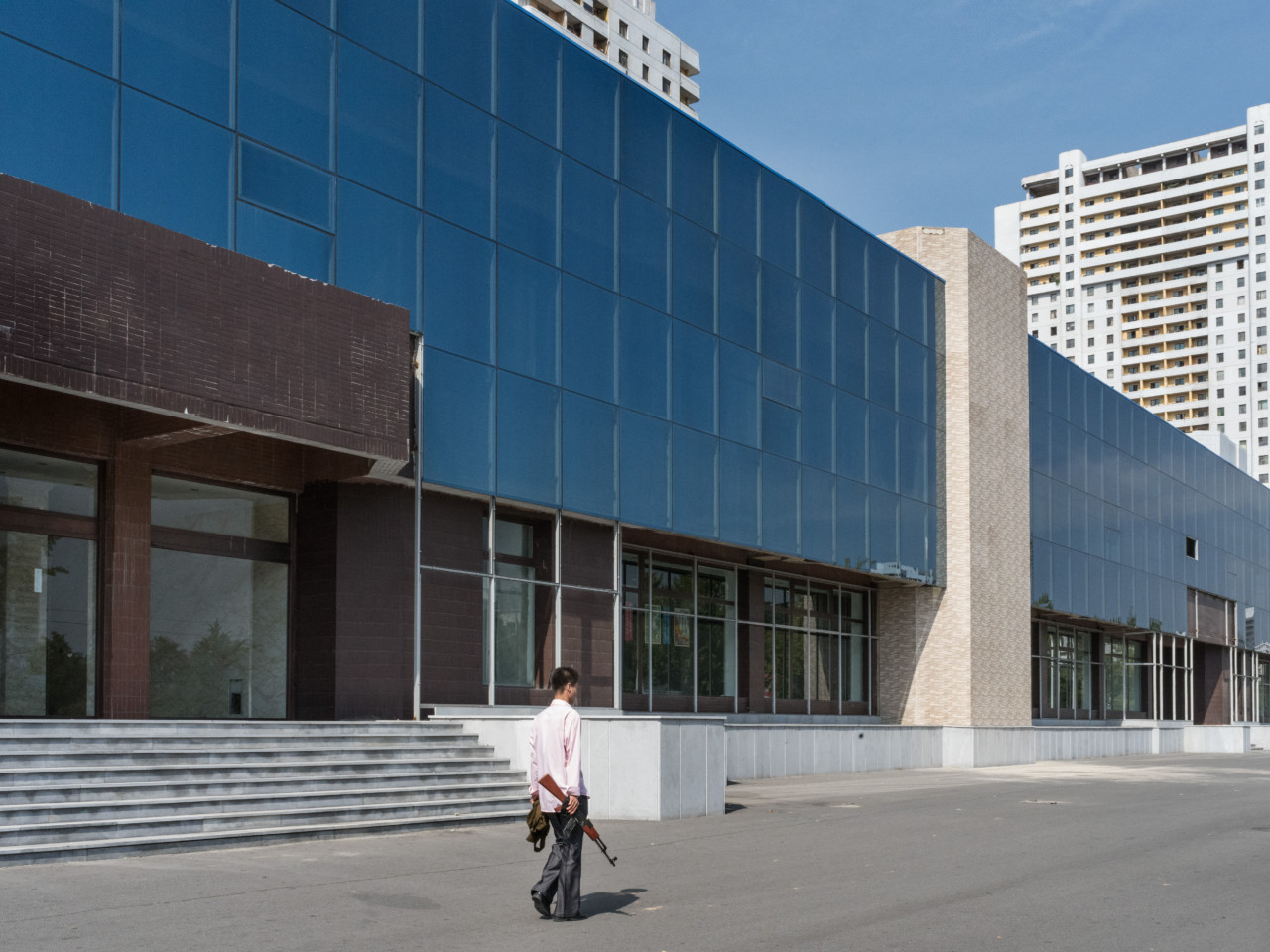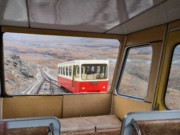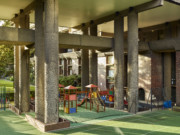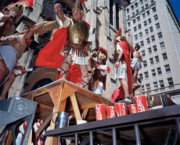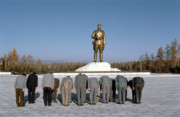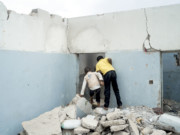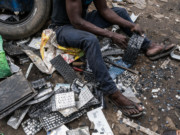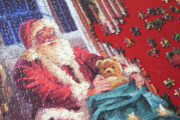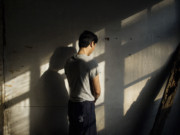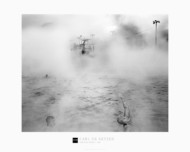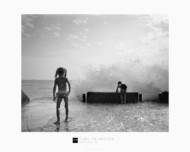North Korea: The Grand Tour
Photographs of ordinary and yet extraordinary life in the last communist state from an ideological, political and cultural perspective
North Korea may be the most enigmatic country in the world. With access for foreign media and tourists limited very restricted, glimpses of life in the last communist state from an ideological, political and cultural perspective in the world are rare and highly controlled. Nevertheless, Carl De Keyzer managed to spend 60 days during 4 trips in 2015 and 2017 crossing the breadth of the country, known officially as the Democratic People’s Republic of Korea.
Given almost unprecedented access, the Magnum photographer documented over 200 locations which his travel agent Koryo Tours took him to as their photographer. He captured the orderly architecture of tourist landmarks, state monuments, social spaces, and schools, the intimacies of private homes, and the stunning natural landscapes of the country, many of which had never been captured on camera before. Upon the publication of his book D.P.R. Korea Grand Tour (which contains 256 images of North Korea), we speak to De Keyzer about what it was like to make the work in one of the most mysterious countries in the world.
What is the North Korea tour like?
Grand Tour is just an idea. Like a fictitious travel guide. There was no ‘tour’. Koryo told me there were about 250 places a foreigner was allowed to visit. Of course nobody ever did. I asked to visit all 250 places, even the most uninteresting ones or the most remote. Finally, I visited about 220 because some visits were cancelled at the last minute. On my last trip some were added, such as the 3 churches in Pyongyang.
"I was not allowed to take even one step on my own"
- Carl De Keyzer
How controlled where the situations?
I was brought from A to B by two guides, mostly young women, in a minivan with a driver. When we arrived there was usually a speech by a local guide, to be translated, and after all that there was very little time to take pictures. A lot of places were ‘no photography’ as well, even the most propagandistic ones like the Army museum in Pyongyang.
I was not allowed to take even one step on my own. Never to leave the hotel. I tried to make as many images as I could, even the ones that were not allowed. The guides knew that at the end I had to submit all images anyway.
"A lot of places were ‘no photography’
"
- Carl De Keyzer
To my great surprise of the 400 images submitted only three were refused. Even the ones with soldiers, buildings with scaffolding, people without permission, the countryside, which were all nos from the beginning. I tried to use every single opportunity I got without upsetting the guides too much. After all I wanted to finish my ‘tour’.
"It looked very much like the life in the Soviet Union during the eighties"
- Carl De Keyzer
What impression did you get of what it might be like to live in North Korea?
It looked very much like the life in the Soviet Union during the eighties when I was there for my Homo Sovieticus book. Other than that I can’t tell.
Do you think that it is even possible to build an accurate picture of ordinary life in North Korea or were your experiences too controlled to tell?
Nobody really knows, I guess. There was no contact with locals, only with the guides. You can get more information once you’re outside the country. I was happy to visit the entire country, probably for the first time. More was not possible.
Was there anything you’d like to have seen but didn’t?
There were places I couldn’t visit or photograph that looked very interesting in my opinion, such as the ‘International Friendship Museum’, where all the presents from all the heads of state are shown, or the Palace of the Sun were the mausolea or mausoleums of the former leaders are, and the Army Museum. I saw a lot of very interesting situations and places but was not allowed to photograph or we were too distant to photograph. We crossed a lot of villages where we couldn’t stop or where I was not even allowed to shoot from the window.
"To my great surprise of the 400 images submitted only three were refused"
- Carl De Keyzer
How did the picture you saw of North Korea compare with how you see the country portrayed in western media?
There is a lot of western propaganda as well. We like to see DPRK as the next big enemy, if only to sell papers and media. I could be wrong of course, there is a decent amount of manipulation going on with visitors but I would say that a lot of information is exaggerated.
How does the design of the book echo the content within it?
The book is designed like a communist bible. The double leporello design is inspired by old Buddhist writings that are often presented in accordion books – Korea used to be Buddhist.
The paper I used in the book is the same type of paper used for Chinese advertising you receive in the mailbox – a reference to propaganda.
*Image captions were provided by Koryo Tours.
In Helmond / Holland at the Helmond Museum from June 18 – Sept 23.
Book publlished by Lannoo Belgium. Available here.


